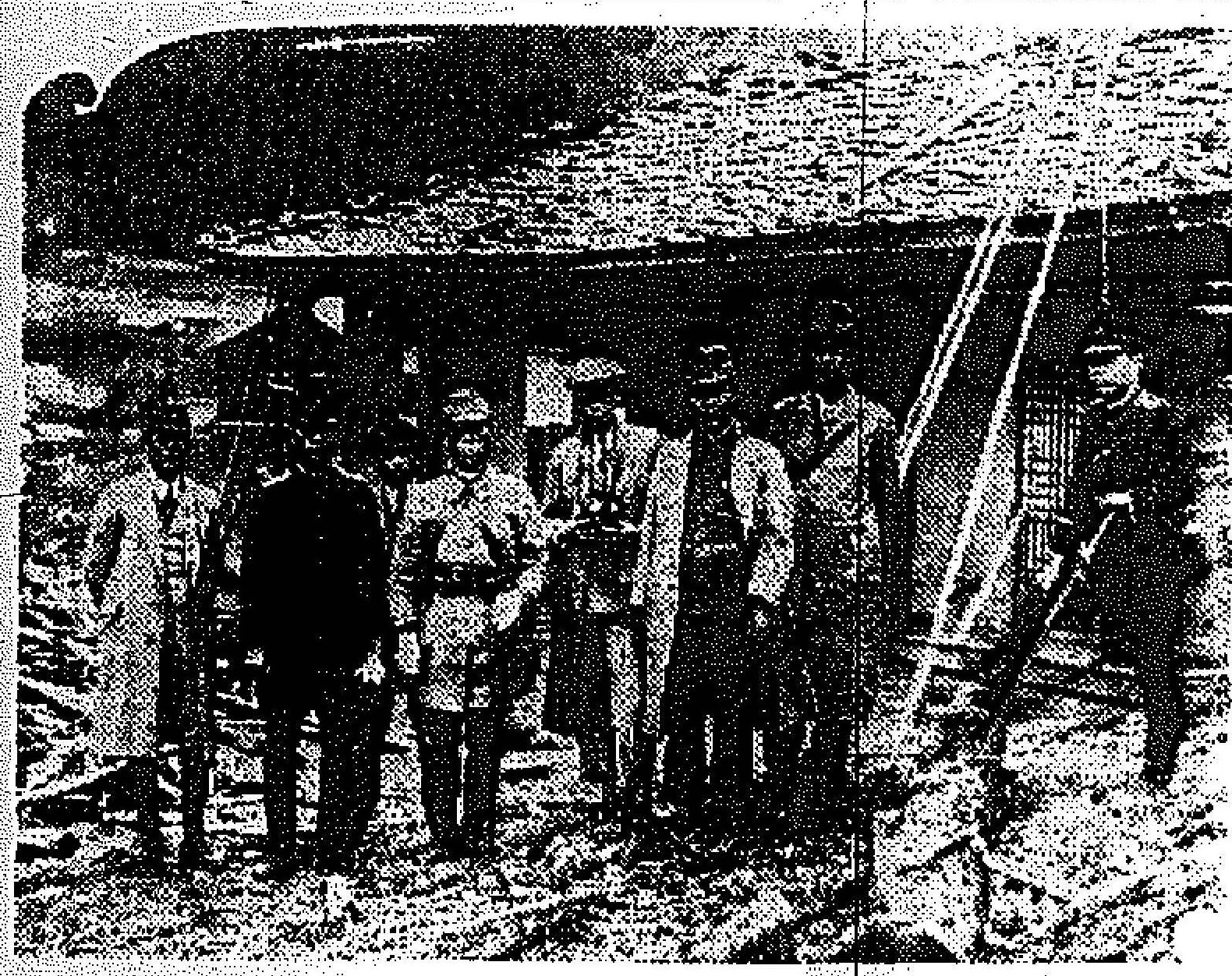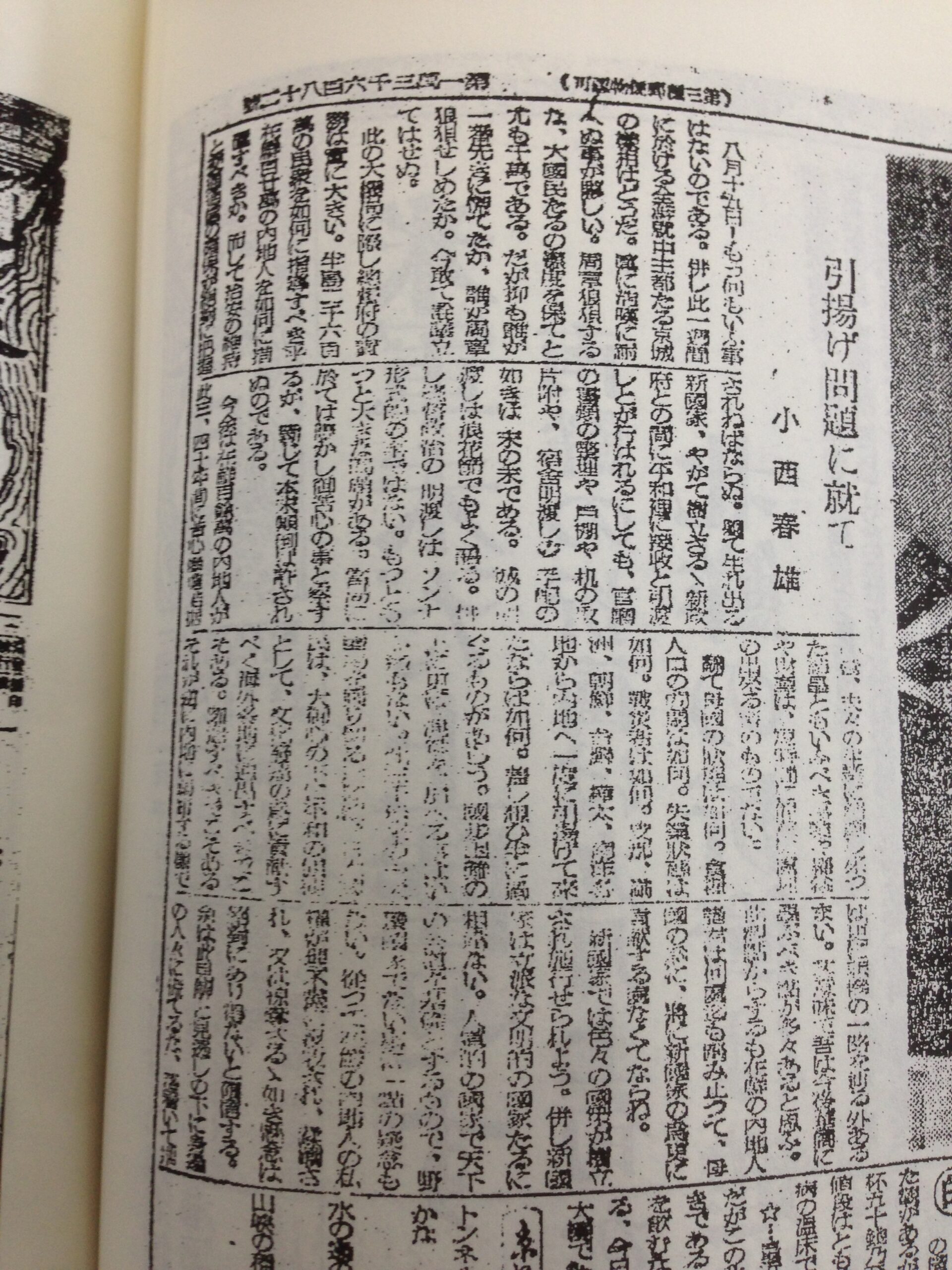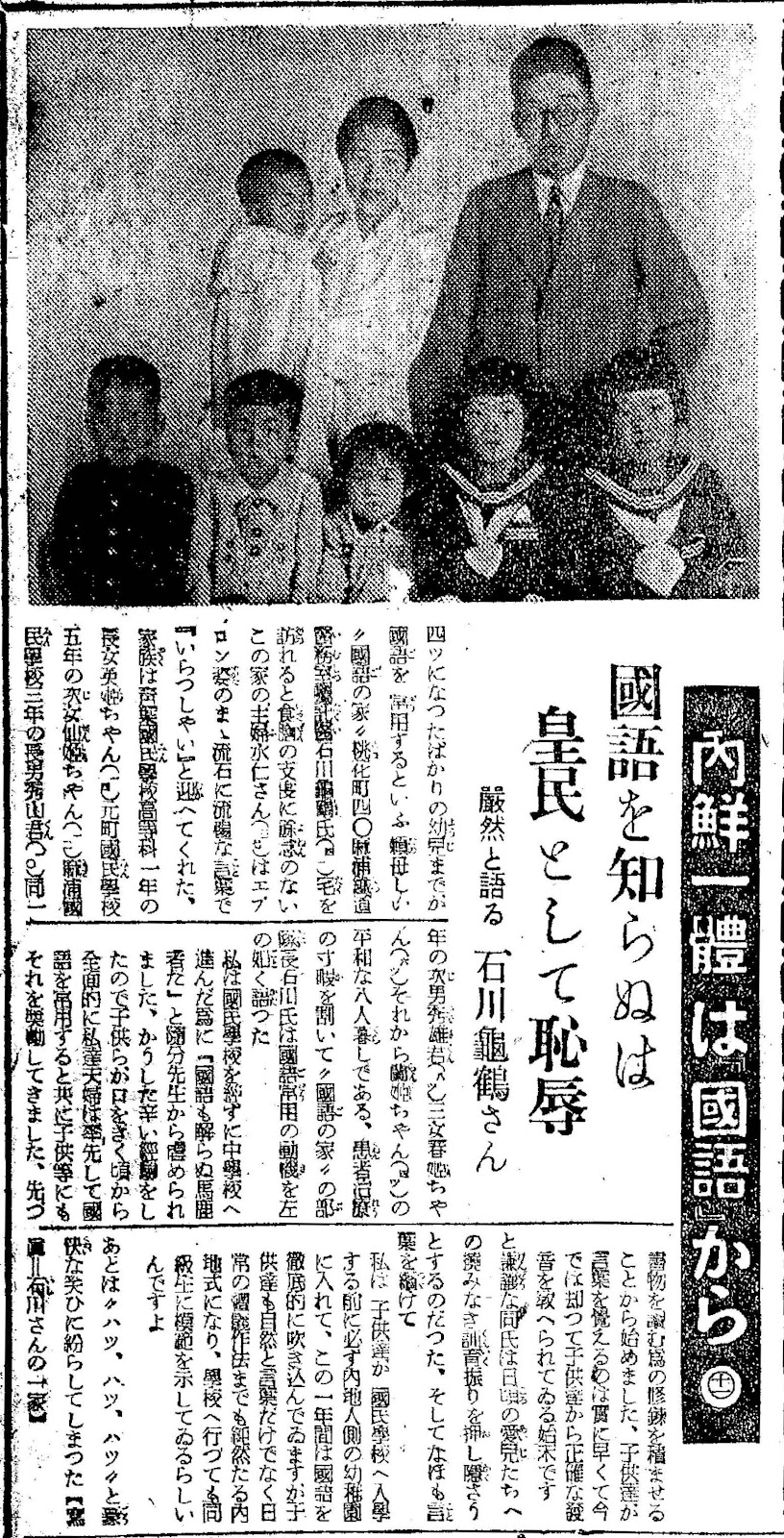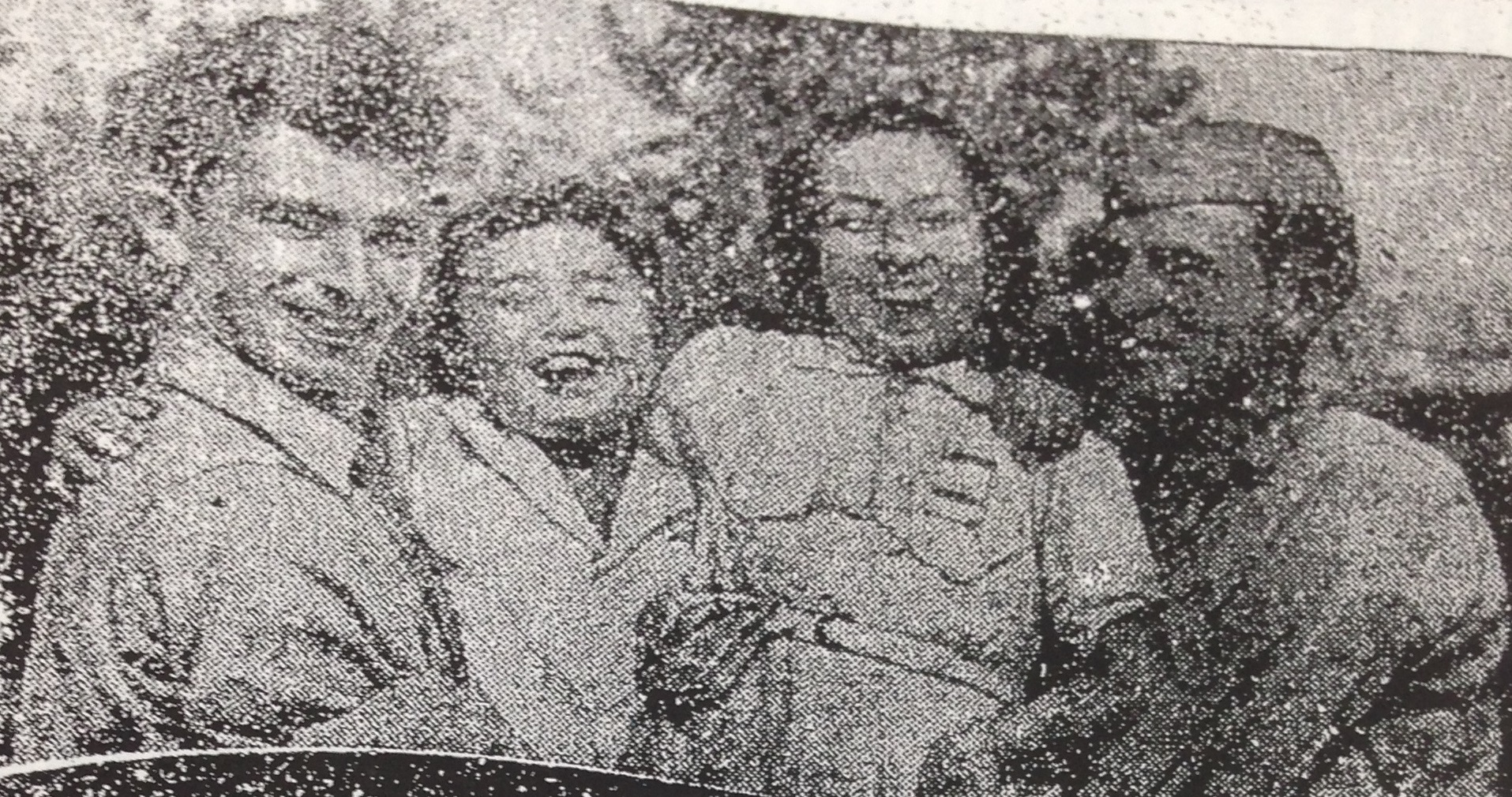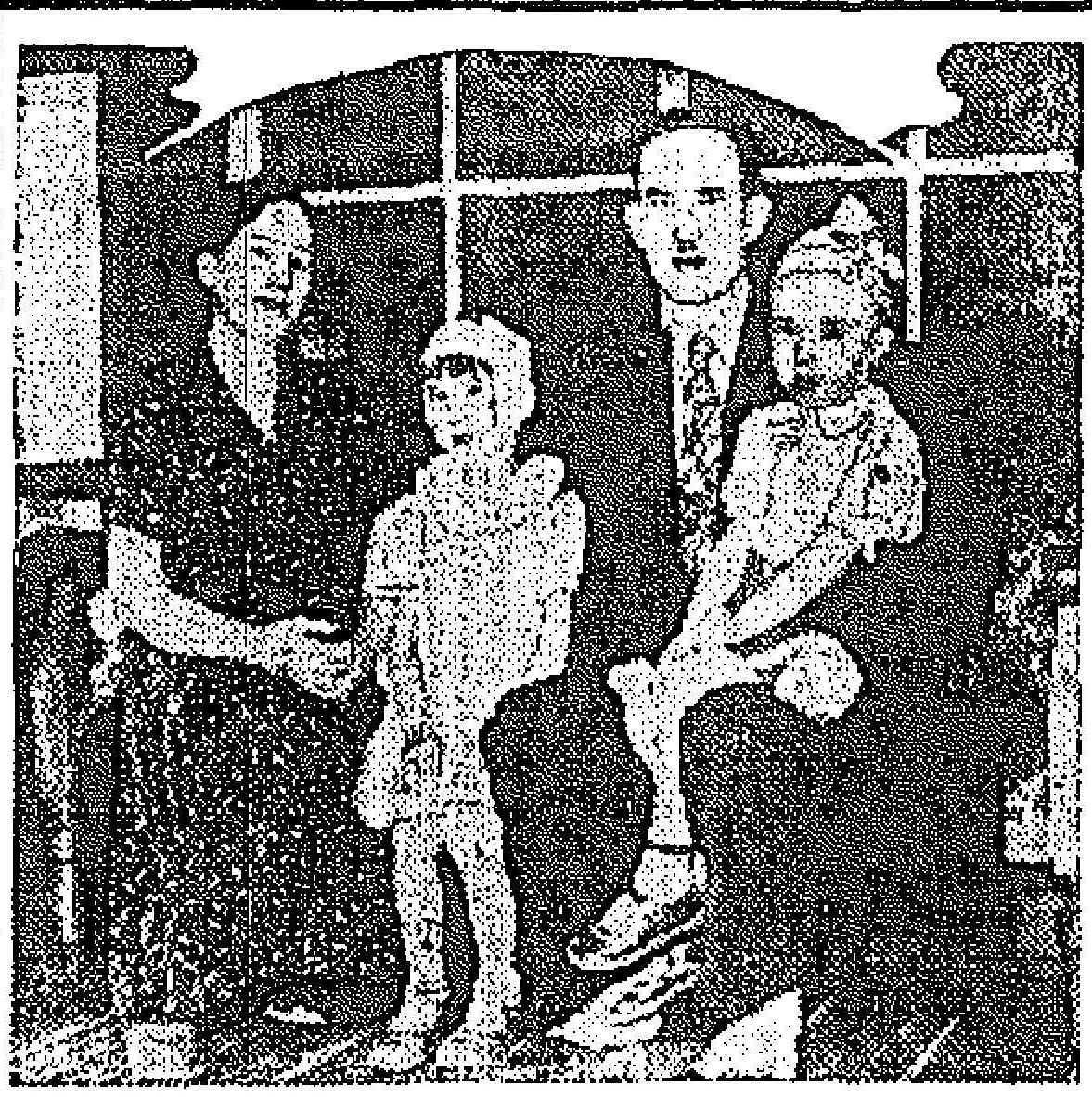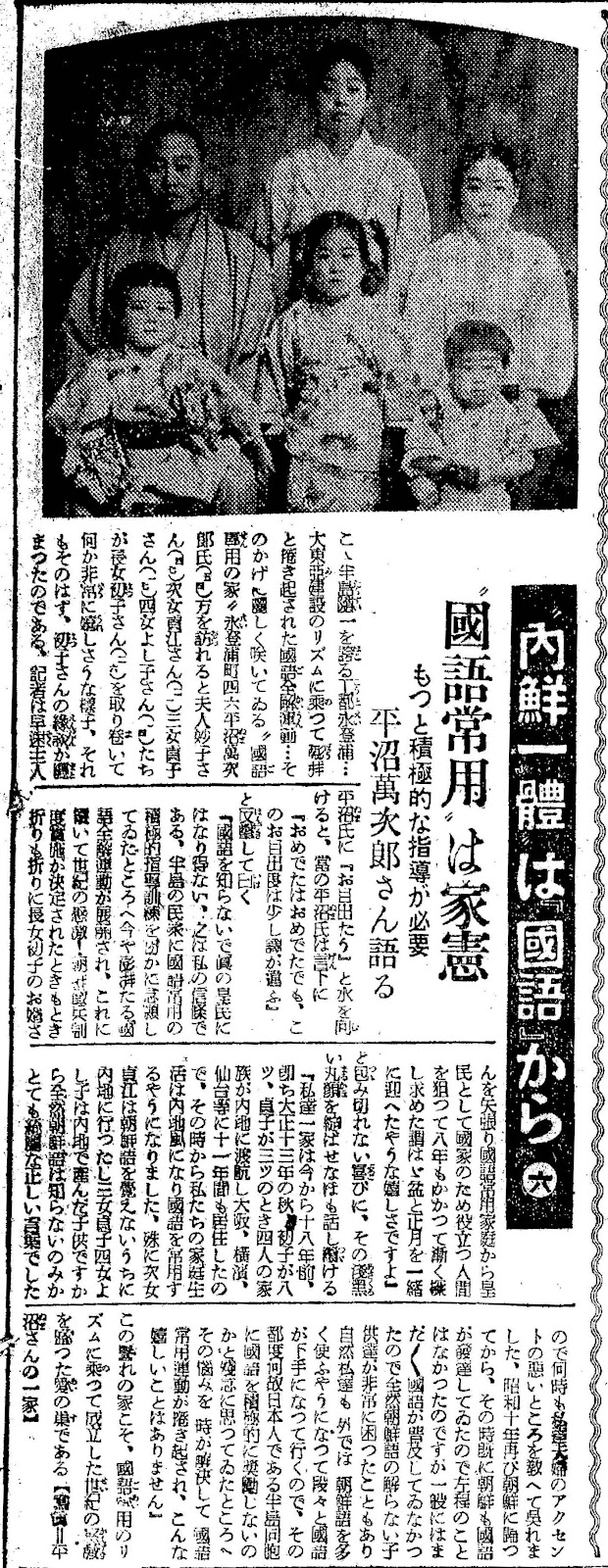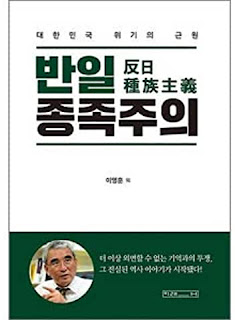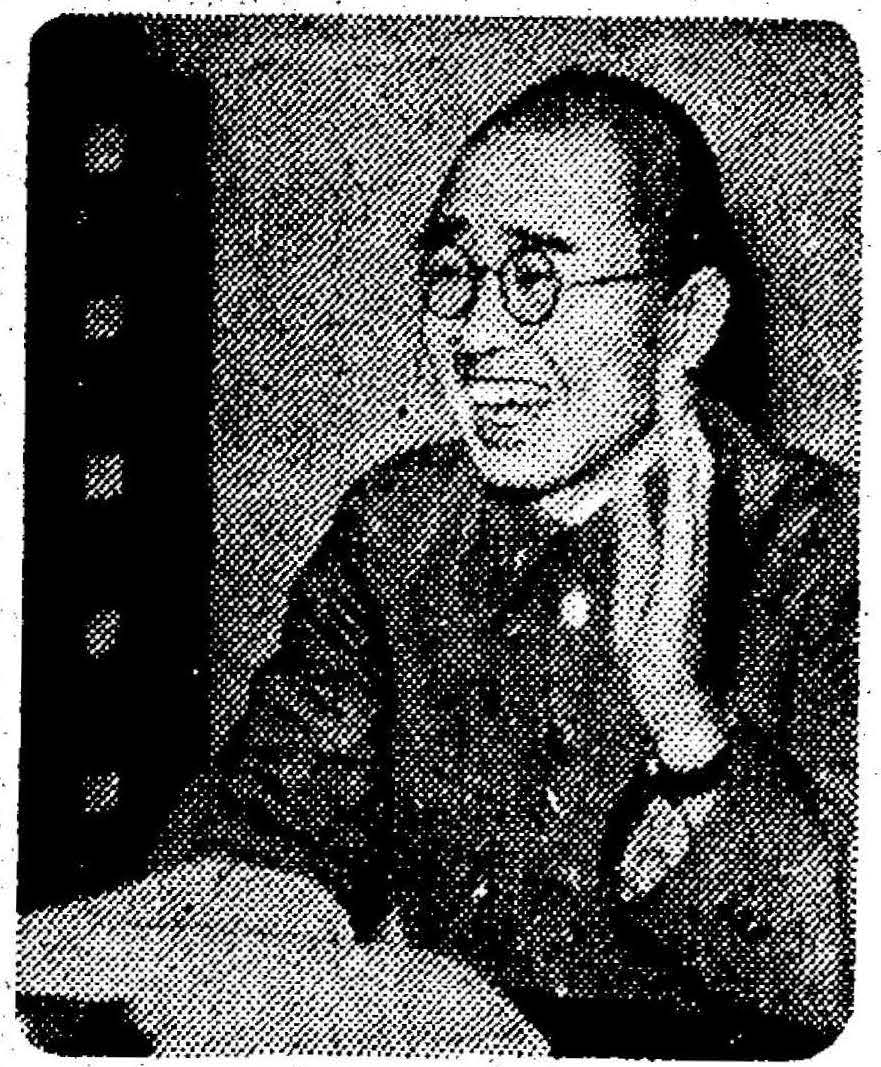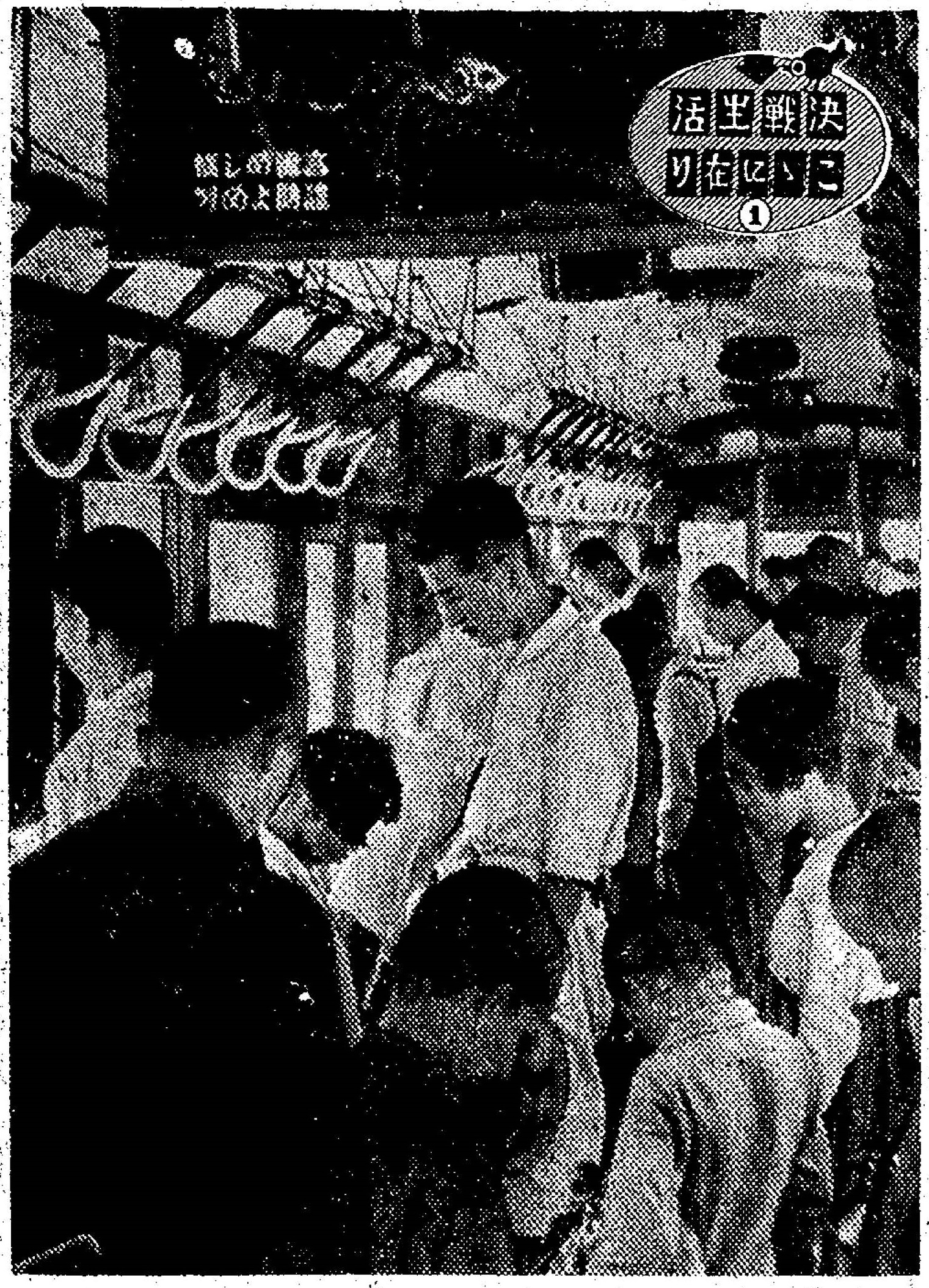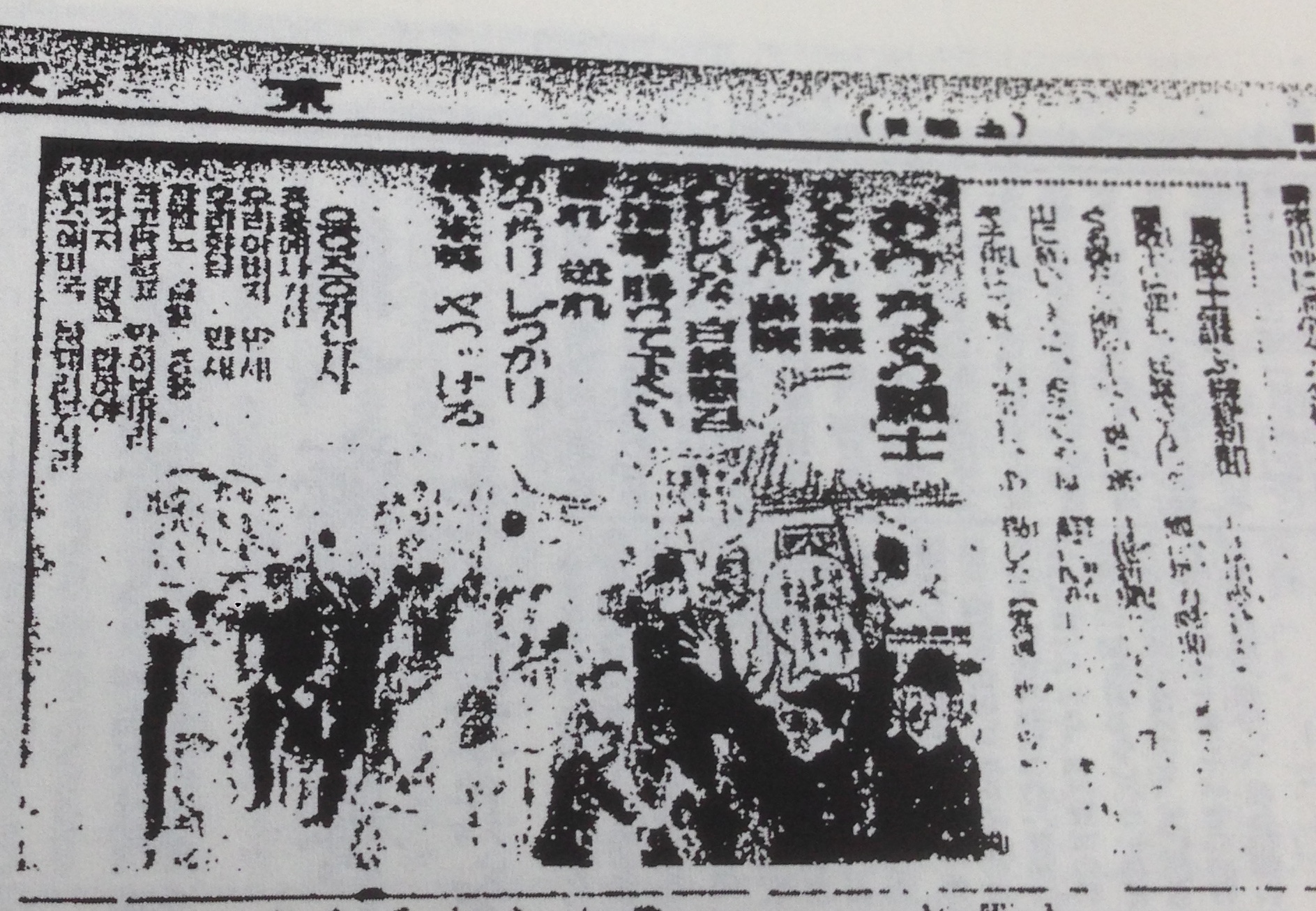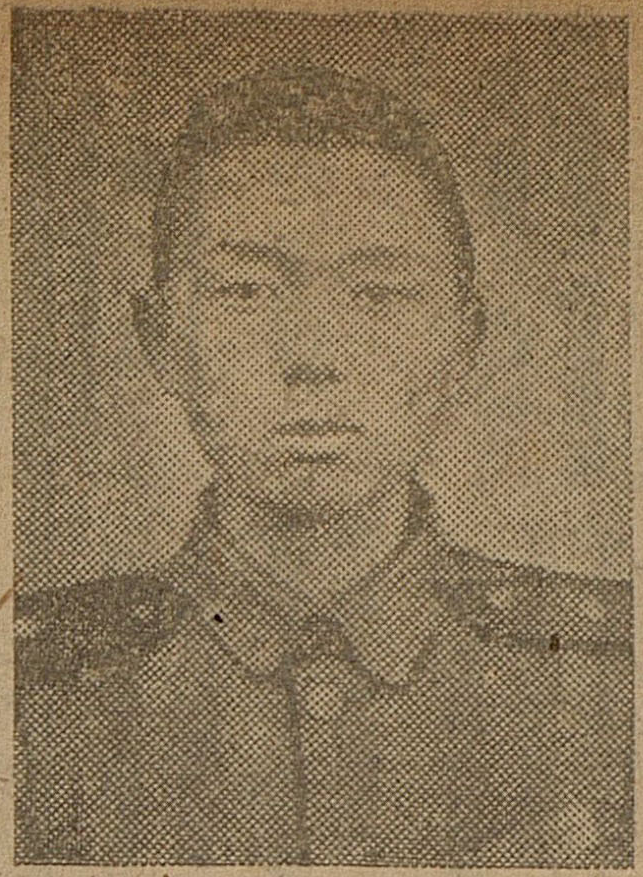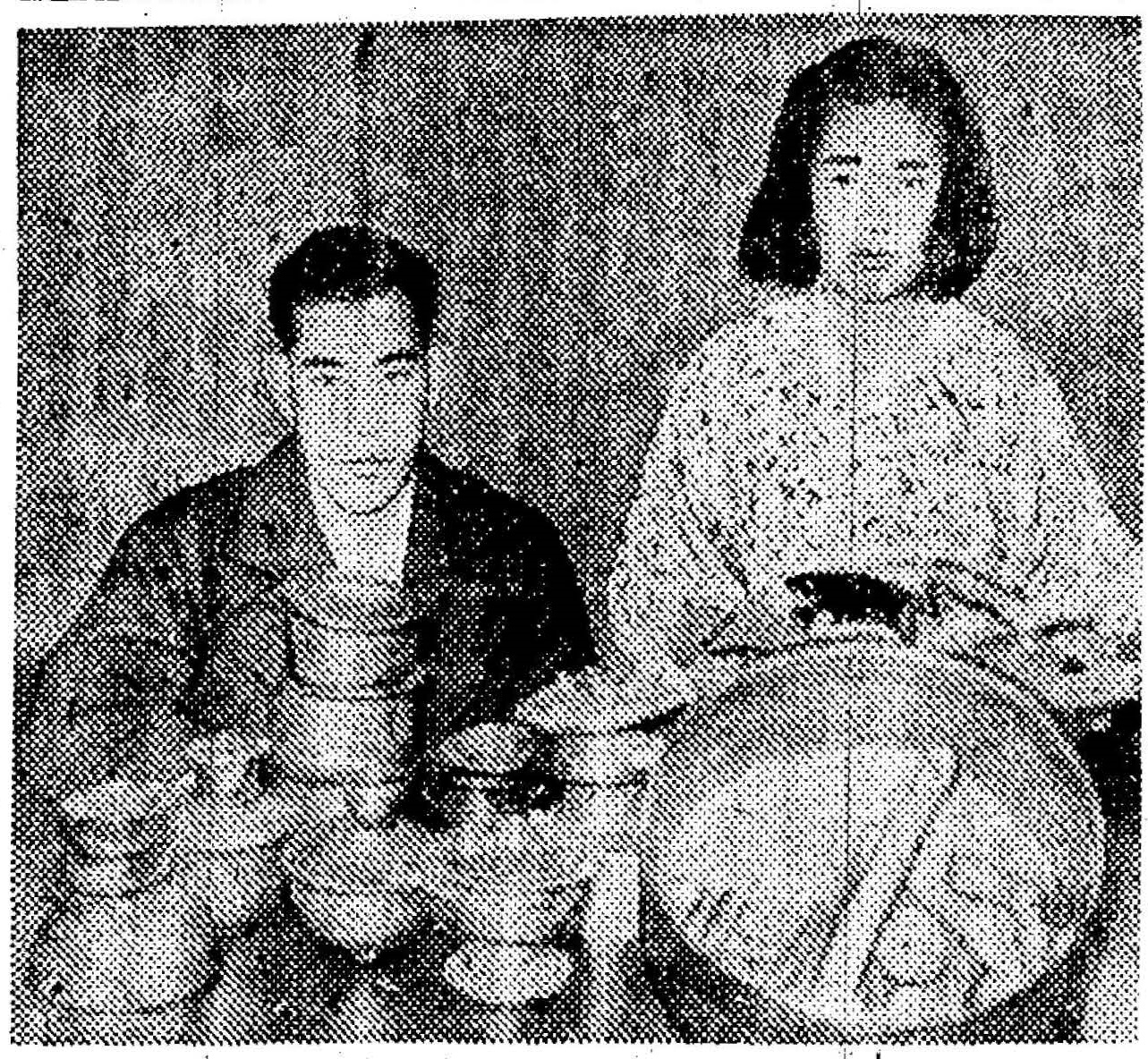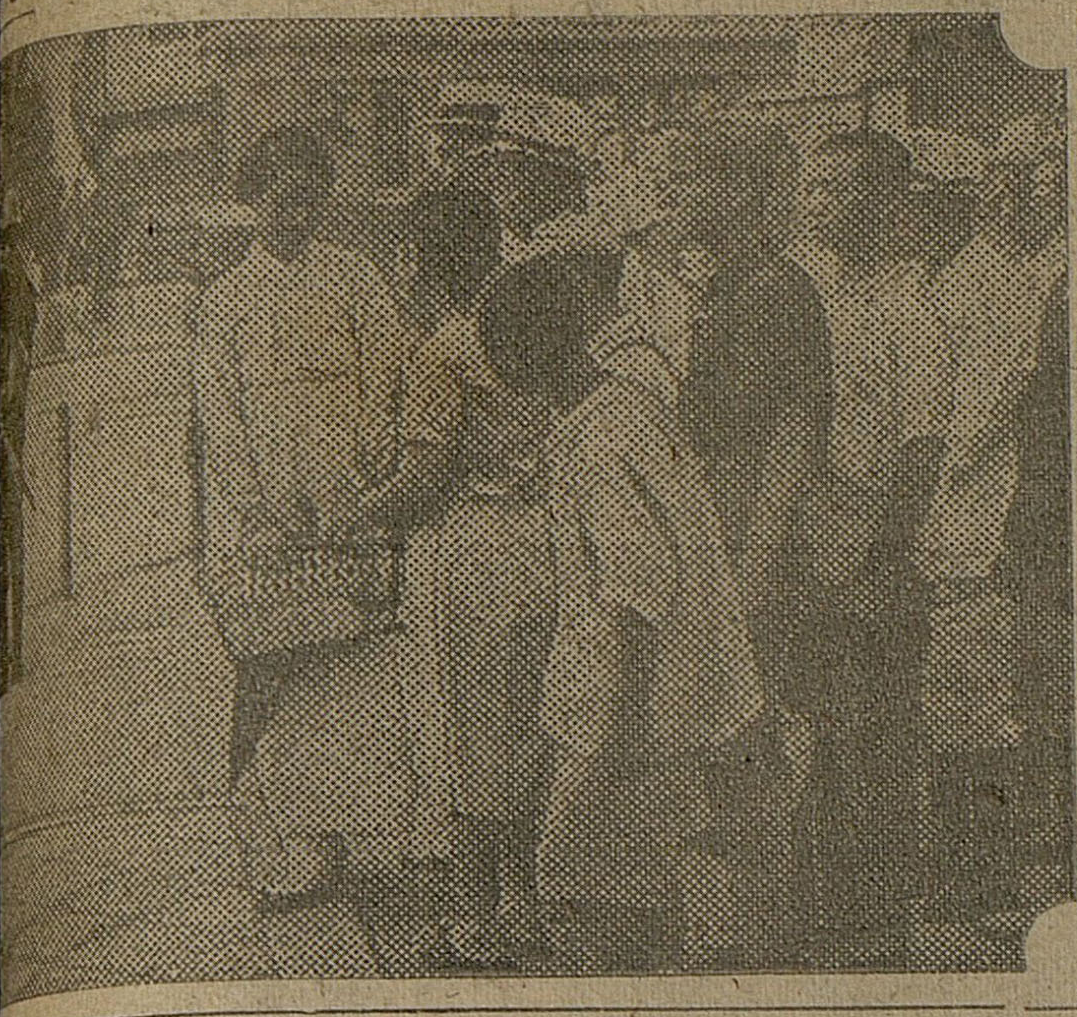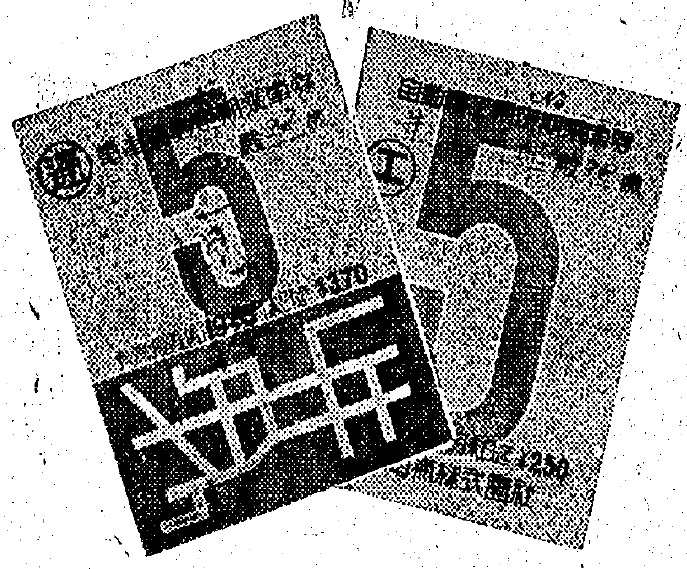
Koreans needed Imperial police-issued ‘travel purpose certificates’ to travel on buses and trains by April 1944, police cracked down on female passengers for illegal food vending and ‘unnecessary and non-urgent travel’
2024-10-18
200
1379
In the midst of World War II, life in Korea under Imperial Japanese rule was marked by increasing restrictions and control, particularly on the everyday activities of ordinary citizens. A series of articles from Keijo Nippo, the largest newspaper in colonial Korea, published in April 1944, highlights the regime’s oppressive measures to manage the country’s strained railway system. These announcements shed light on the strict wartime regulations that sought to curtail overcrowding on public transportation by imposing severe limitations on who could travel, when, and for what purpose.
One such announcement focused on female passengers, targeting women who were deemed to be traveling for “unnecessary and non-urgent” reasons. The authorities cracked down on illegal food vending on trains, with vendors – likely selling tteokbokki or similar items – risking arrest for their activities. In an era of extreme scarcity, these women were probably just trying to make ends meet, much like Sunja’s struggles in Pachinko with her kimchi business. However, the colonial regime’s economic police maintained an army of informants, leaving these vendors constantly under threat of punishment, illustrating how survival efforts were criminalized.
Another critical regulation required passengers to possess ‘travel certificates,’ documents that had previously been easier to obtain from local neighborhood or town councils. Starting in April 1944, these certificates could only be issued by the police, who were already overwhelmed by other wartime duties. These travel certificates also had the added requirement to state an explicit ‘reason for travel’. This added layer of bureaucracy made it even more challenging for ordinary people to travel freely, emphasizing the regime’s growing control over personal movement.
Further restrictions included new rules that made it illegal for passengers to disembark from trains before reaching their designated destination, even for short distances, and the introduction of special transit passes that were limited to specific groups, such as commuters, workers, and students. Despite these rigorous measures, an article from August 1945 revealed that overcrowding on trains persisted, likely exacerbated by the ongoing shortages of train cars, parts, and labor during the war. These regulations not only controlled movement but also reflected the broader wartime hardships and the oppressive reach of the colonial government over daily life in Korea.
[Translation]
Gyeongseong Ilbo (Keijo Nippo) April 3, 1944
**Wartime Notice**
Extraordinary wartime measures on the railway system have been further strengthened, yet the number of inconsiderate passengers does not seem to have noticeably decreased.
Until two or three days ago, there were people who had purchased tickets but were unable to board, resulting in daily ticket refunds averaging around 1,500 yen at the transportation bureaus in front of the stations.
Needless to say, most of these were short-distance travelers, or individuals whose travels were completely unrelated to the war effort. From various perspectives, one would want to say that this is wasteful.
Thus, as an additional emergency measure, it is worth considering the restriction of short-distance travel for women, excluding families of those being transferred or reassigned. It is not unreasonable to assume that most of these women are unnecessary and non-urgent travelers.
Among them, there are even women who bring homemade rice cakes into the train cars, targeting the passengers’ hunger, and selling them at black-market prices. Naturally, they are being dealt with by the transportation police and by the economic police.
Furthermore, there are concerns that so-called travel certificates issued by town representatives, ward leaders, or patriotic group leaders may be influenced by favoritism. Although it is true that these individuals have become busier recently, the travel certificates should be strictly limited to those issued by the police.
In that sense, what about appointing privately funded police officers in some capacity as railway police officers? It is not an ideal approach, but for people who will not comply unless confronted by the power of the police, there may be no other option.
Source: https://www.archive.org/details/kjnp-1944-04-03
Gyeongseong Ilbo (Keijo Nippo) April 18, 1944
**Guidelines for Train Travel**
**Cooperation in Transportation Efforts**
**Fighting Households**
Since the implementation of the railway passenger transportation restrictions on April 1, non-essential and non-urgent travelers have decreased. However, the situation is not yet fully under control. Nevertheless, we trust in the pride of the Japanese people and their cooperation towards the completion of the sacred war. Some people are still not fully familiar with the new regulations that came into effect after April 1, causing congestion. Therefore, we would like to present some guidelines to ensure smooth and clear transportation service.
First, regarding the Travel Purpose Certificate, we would like to suggest the following format for use at Seoul Station. However, please note that even if you have a certificate, it does not guarantee that you will be able to purchase a ticket as desired due to various circumstances. Please be aware of this in advance.
**Travel Purpose Certificate Format**:
- Address
- Occupation and Social Status
- Name and Age: Male/Female (As of the Current Year)
- Reason for Travel
- Travel Date: From (Month, Day) to (Month, Day)
- Travel Zone: From (Station) to (Station), One-way/Round-trip
- Date: (Showa Year, Month, Day)
- Certifier/Official Seal
Certified as above
The primary difference in this new format from previous versions is the clear specification of the travel zone.
Further, express and direct trains require reservations. If you miss your designated train due to personal reasons, the ticket will become invalid, so please be mindful of this. From now on, reserved trains will be managed by train numbers, so please remember your train number. Generally, ascending trains (towards Seoul) will have even numbers, and descending trains (away from Seoul) will have odd numbers. Please also note that general passengers are not allowed on commuter trains, so please be aware of this.
Regarding restrictions on disembarking en route, or getting off the train before reaching your designated destination, in general, it is prohibited to disembark en route at stations less than 40 kilometers from your departure station. However, passengers departing from Seoul station are prohibited from disembarking at stations within approximately 100 kilometers of Seoul station. Therefore, for trips departing from Seoul station, on the Seoul-Jinju Line, disembarking en route is prohibited between Seoul and Cheonan stations. On the Gyeongui Line, disembarking en route is prohibited between Seoul and Kaesong stations. On the Gyeongwon Line, disembarking en route is prohibited between Seoul and Cheorwon stations. On the Gyeonggyeong Line, disembarking en route is prohibited between Seoul and Yangpyeong stations.
Regarding luggage, each person is allowed one piece of up to 50 kilograms. For items up to 30 kilograms, there is no additional charge, but if it exceeds this, the entire weight will be charged. Hand-carried items are limited to two pieces of medium-sized trunks. If you observe these guidelines, we believe we can achieve smooth and convenient transportation service.
**[Statement by Mr. Yamada, Chief Passenger Officer, Seoul Station]**
Source: https://www.archive.org/details/kjnp-1944-04-18
Gyeongseong Ilbo (Keijo Nippo) April 19, 1944
**Seoul Electric Railway’s Commuter Passes Are On Sale**
*Train Passes are Brown**
**Bus Passes are Green**
In response to the fare revisions enacted on the 1st of the month, Seoul Electric Railway will soon begin selling commuter, worker, and student passes to regulate transportation usage. There are four types of passes: commuter pass, worker pass, student pass Type A, and student pass Type B. The commuter pass, including tax, is priced at 3 yen and 70 sen. The worker pass, tax exempt, costs 2 yen and 50 sen. The student passes are divided into two categories: Type A, for secondary school students and below, is tax exempt and priced at 2 yen; Type B, for technical school students and above, is also tax exempt and costs 2 yen and 50 sen.
The train passes will have a brown background with prominent month digits printed, clearly displaying the travel route to prevent unauthorized use. The bus passes will be green and will also specify the boarding and disembarking zones. These passes are available for bulk purchases through affiliated offices, companies, or organizations and will not be sold to individuals.
As for usage guidelines, the following will render a pass invalid and subject to confiscation: purchasing passes under false pretenses regarding travel zones, using passes under another person’s name, using passes outside the designated travel route, or altering any printed details on the pass. *[Photo: Samples of the Commuter Passes]*
Source: https://www.archive.org/details/kjnp-1944-04-19
[Transcription]

京城日報 1944年4月3日
血戦録
鉄道の決戦非常措置はますます強化されたが、心なき旅客の数は、格別減ったとも見られない。
両三日前迄は、切符は買ったが乗れなかったという人たちによって、駅前の交通公社では、一日に平均千五百円内外の払い戻しを行ったという。
いうまでもなく、それ等は主として近距離客であって、いわゆる決戦旅行に縁の遠い人たちばかりである。いろいろの点から見て、無駄なことだといいたくなる。
そこで、この上の非常措置として、転任、転勤者の家族は別として、婦人の近距離旅行を抑制することも考えられる。彼女等は大部分不急不要の客とみて差支えない。
中には、手製の餅などを車内に持ち込んで、乗客の空腹を狙って、それを闇値で売っている女すらある。当然、移動警察、経済警察の人たちの手で処置されてはいる。
いわゆる旅行証明書なるものも、町総代や区長、班長のものでは、情実を伴う心配がある。近頃ますます忙しくなって来たことは認めるが、これは飽くまで警察発行のものに限ったがよい。
その意味で、請願巡査が何かの形式で、鉄道警察官といったようなものを置く方法は如何であろうか。好むことではないが、警察の力でなければ納得せぬ人間にはこれより方法がないかもしれぬ。

京城日報 1944年4月18日
汽車旅行の心得
輸送陣の協力へ
戦う家庭
四月一日より実施している鉄道旅客輸送制限によって不急不要の旅行者は減少されましたが、今はなお完全とは申されません。然し私は日本人の矜持で皆さんの聖戦完遂への協力を信じています。四月一日以後の措置について今なお熟知していない方がいて混雑をきたしますから、乗車上の注意を申し上げ、円滑明朗な輸送奉公をしたいと思います。
まず旅行目的証明書のことですが、京城駅では次の様式をすすめしたいと思います。けれども種々の事情で証明書をお持ちになっても必ずしも希望通りの乗車券を購入し得るとは限りませんから、そのことだけは予めおふくみ願いたいと思います。
旅行証明書:
- 住所
- 職業身分
- 氏名年齢:男女(当 年)
- 旅行理由
- 乗車月日:自〇月〇日至〇月〇日
- 乗車区間:自〇駅至〇駅片道・往復
- 昭和〇年〇月〇日
- 〇〇〇〇証明者・認 印
右証明す
右の様式で従来と違う所は旅行区間を明記することです。
次は急行及び直通列車は指定を要します。もし指定列車に自己の都合で乗らなかった場合はその切符は無効になりますから御注意下さい。これからは指定列車は番号でやりますから列車番号を御記憶下さい。大体上り列車は偶数で下りは奇数番号です。なお通勤列車には一般乗車は出来ませんから、その点御諒承下さい。
次に途中下車の制限に就いてですが、原則としては各発駅から四十粁未満は禁止です。京城からは約百粁程度以内は各駅相互間の発着旅客は途中下車は出来ません。ですから京普線では京城より天安間、京義線では開城間、京元線では鐵原間、京慶線では楊平間です。
次に手荷物は一人一個五十粁までです。三十粁までは無賃ですが、それを越した場合は全部を有賃にします。手廻品は中型トランク程度の物二箇に限ります。以上御注意下されば事務簡便明朗な輸送奉公が出来ると思います。【京城駅山田旅客主任談】
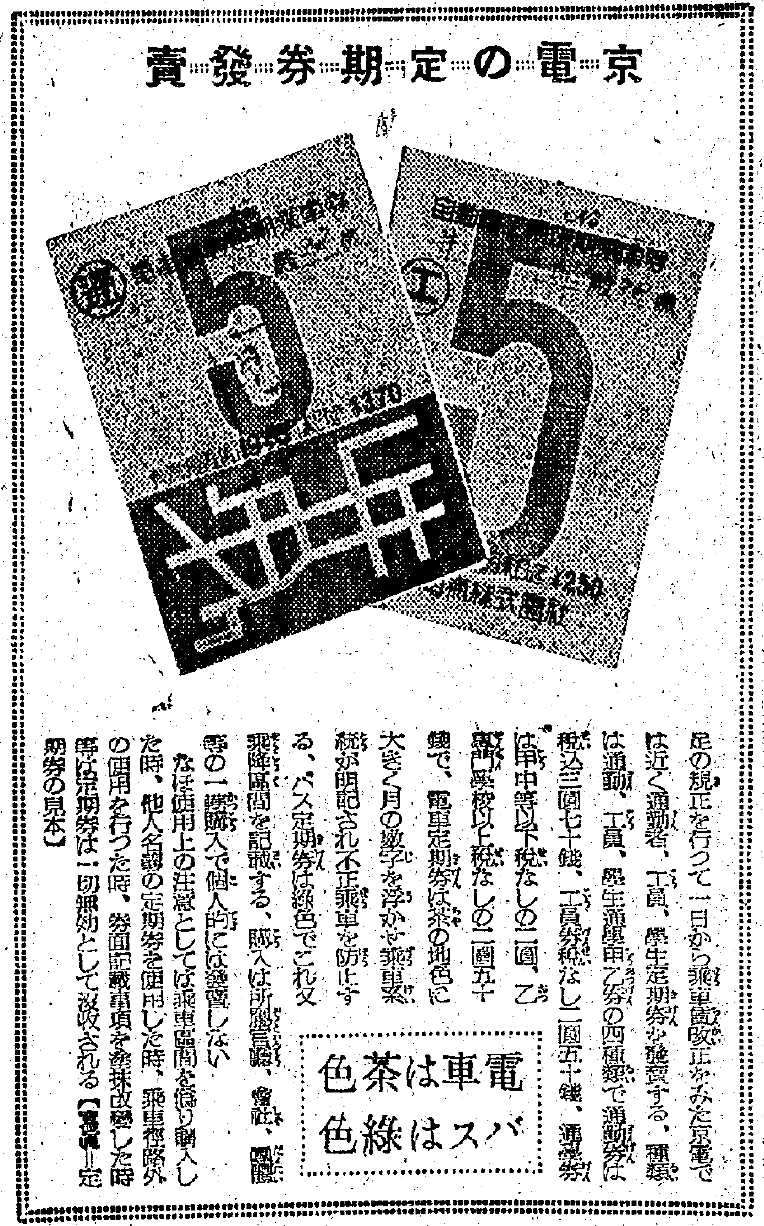
京城日報 1944年4月19日
京電の定期券発売
電車は茶色
バスは緑色
足の規正を行って一日から乗車賃改正をみた京電では近く通勤者、工員、学生定期券を発売する。種類は通勤、工員、学生通学甲乙券の四種類で通勤券は税込三円七十銭、工員券税なし二円五十銭、通学券は甲中等以下税なしの二円、乙専門学校以上税なしの二円五十銭で、電車定期券は茶の地色に大きく月の数字を浮かせ乗車系統が明記され不正乗車を防止する。
バス定期券は緑色でこれ又乗降区間を記載する。購入は所属官庁、会社、団体等の一括購入で個人的には発売しない。
なお使用上の注意としては乗車区間を偽り購入した時、他人の名義の定期券を使用した時、乗車径路外の使用を行った時、券面記載事項を塗抹改変した時等は定期券は一切無効として没収される。【写真=定期券の見本】
